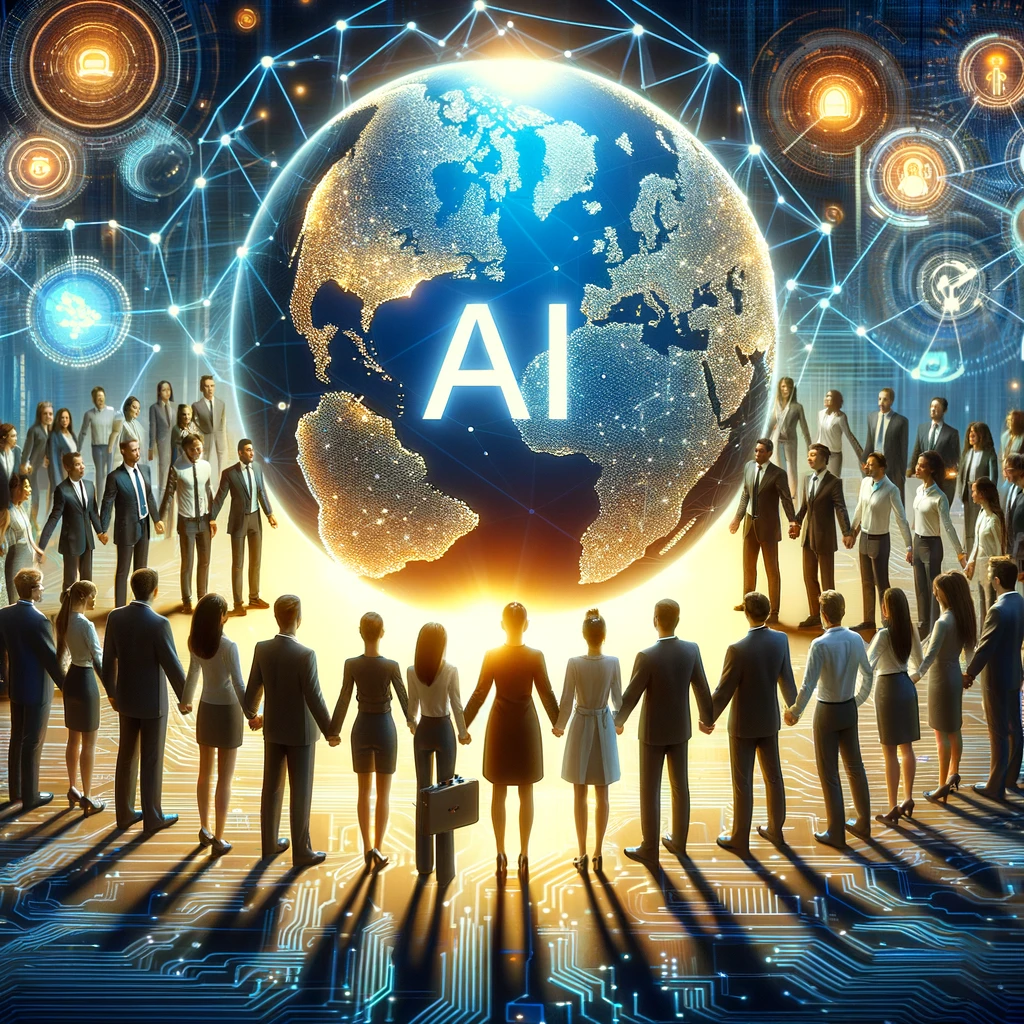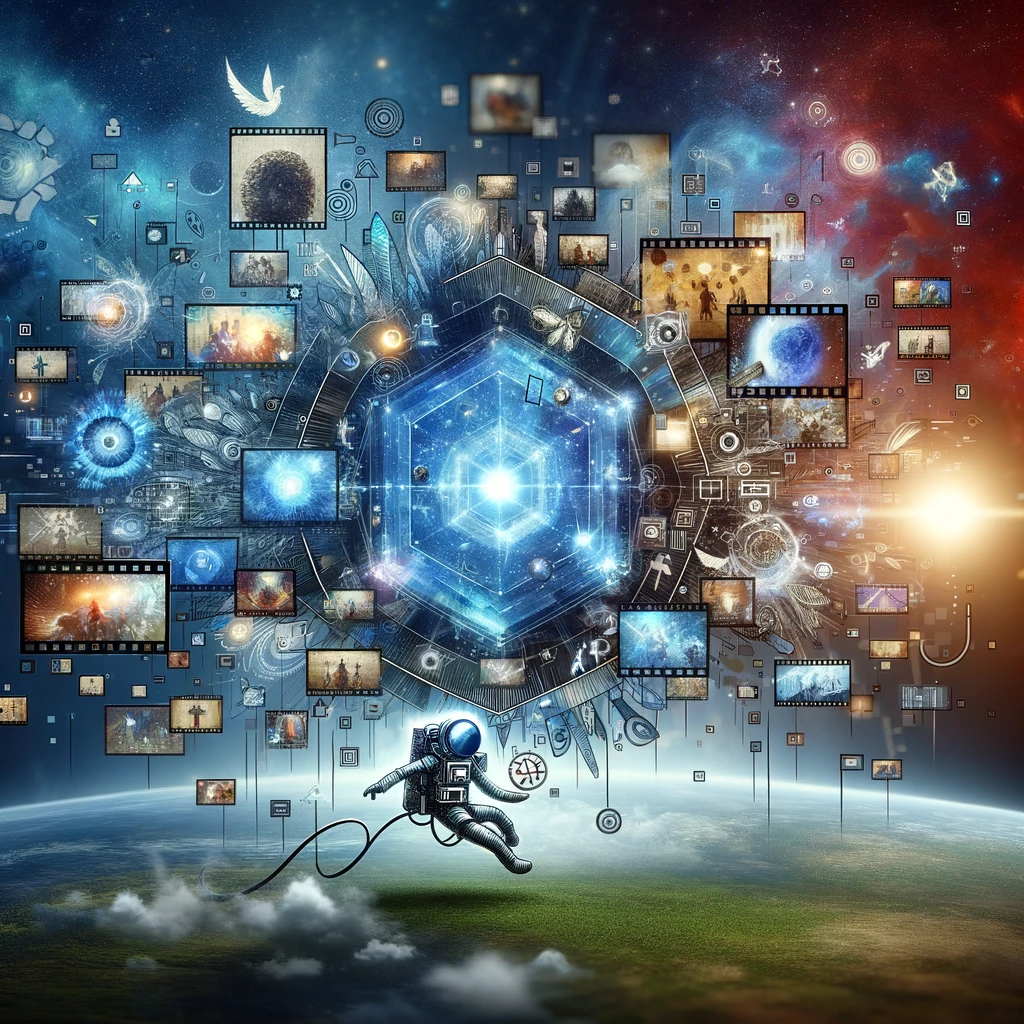Google, in collaboration with the Weizmann Institute of Science and Tel Aviv University, has introduced Lumiere, an innovative space-time diffusion model designed to significantly enhance the realism of AI-generated videos. Here’s a rundown of the key points:
- Lumiere’s Innovation: Combining a Space-Time U-Net (STUNet) architecture with a pre-trained text-to-image diffusion model, Lumiere processes both spatial and temporal aspects of video, allowing for the generation of high-resolution, temporally consistent videos in a single step.
- Capabilities: Lumiere excels in creating and editing videos based on text or image prompts, supporting inpainting, cinematography, and stylized generation. It can transform still images into dynamic scenes or apply artistic styles to videos.
- Comparative Advantages: In user studies, Lumiere has outperformed existing AI video models like Pika, Runway, Stability AI, and ImagenVideo in aspects like motion magnitude, temporal consistency, and overall quality.
- Challenges and Future Directions: Currently not available for public testing, Lumiere’s training data source remains undisclosed. It faces difficulties in generating videos with multiple shots or scene transitions and raises concerns about potential misuse for creating fake or harmful content.
Imagine entering the world of AI-generated videos, where the lines between reality and digital creation are increasingly blurred. Google’s latest innovation, Lumiere, steps into this realm, promising to revolutionize how we perceive and create AI videos. Merging the spatial with the temporal, Lumiere’s Space-Time U-Net architecture synergizes with a text-to-image diffusion model to birth videos that are not just visually appealing but temporally coherent.
Picture this: You describe a scene in words or show an image, and Lumiere brings it to life, not just as a static picture but as a flowing, dynamic video. This isn’t just about generating content; it’s about reinventing it. Whether it’s adding motion to a still photo or infusing a video with artistic flair, Lumiere stands as a testament to the creative potential of AI.
Lumiere Growing Pains
Yet, as with any frontier technology, Lumiere isn’t without its challenges. It’s not yet in the hands of the public, and its training data’s origins are shrouded in mystery. The technology stumbles when it comes to videos with multiple scenes or transitions – a staple in natural video content. Moreover, the ethical implications of such potent technology cannot be ignored, raising questions about its potential misuse.
Google’s Lumiere is not just another step but a giant leap in the domain of AI-generated videos. It’s a blend of technical prowess and creative vision, opening new avenues for video creation and editing while simultaneously reminding us of the need for responsible innovation in the AI space.
Source: Google Unveils Lumiere: A Leap Forward in AI-Generated Videos
Keep up to date on the latest AI news and tools by subscribing to our weekly newsletter, or following up on Twitter and Facebook.







